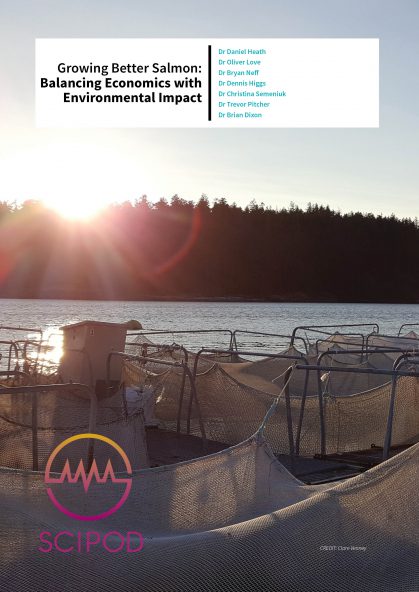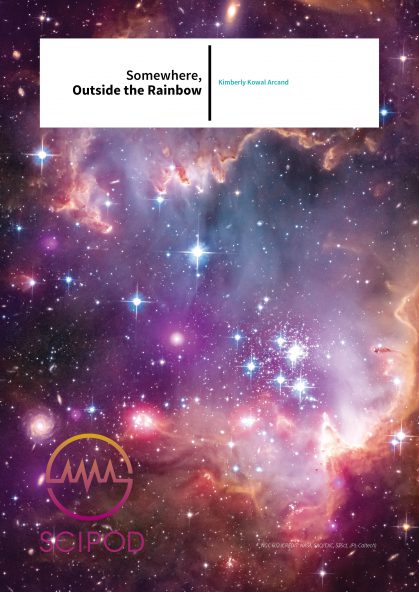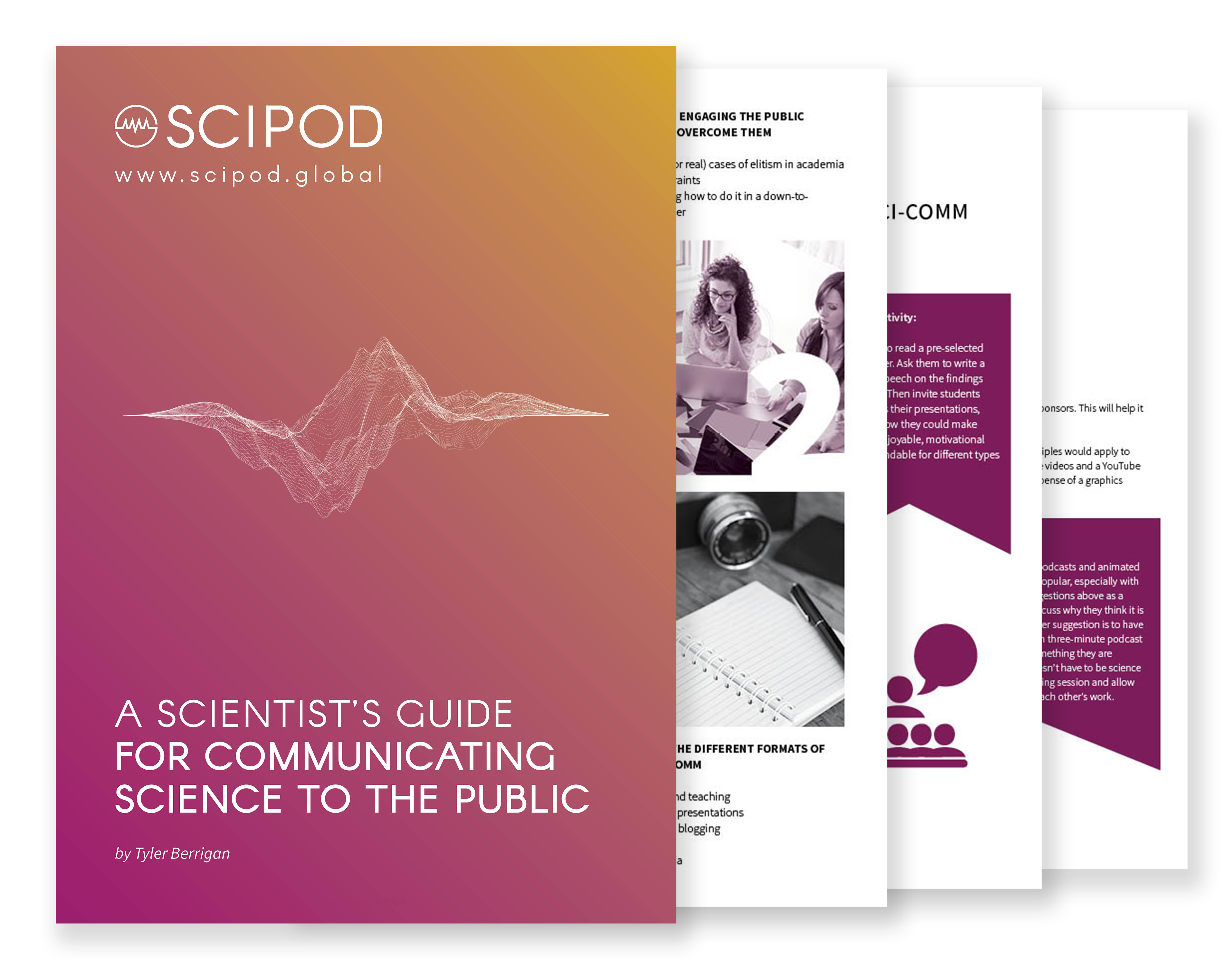Welcome to SciComm Radio
An exclusive interview series with leading scientists and science communicators

Click Below To Listen To A SciPod Radio Episode
Mechanobiology – Exploring the Mechanics of Cell Behaviour – Professor Taher Saif and Dr Andrew W. Holle
Mechanobiology – Exploring the Mechanics of Cell Behaviour – Professor Taher Saif and Dr Andrew W. Holle
Understanding how cells interact with the physical world around them is at the core of mechanobiology, a growing subfield connecting the arenas of cell biology and bioengineering. Two leading researchers, Professor Taher Saif and Dr Andrew Holle, with the support of an international body of scientists, are spearheading work in this field that aims to uncover how cells are impacted by their mechanical microenvironment in a physiologically relevant context.
[lbg_audio2_html5 settings_id=’9′]
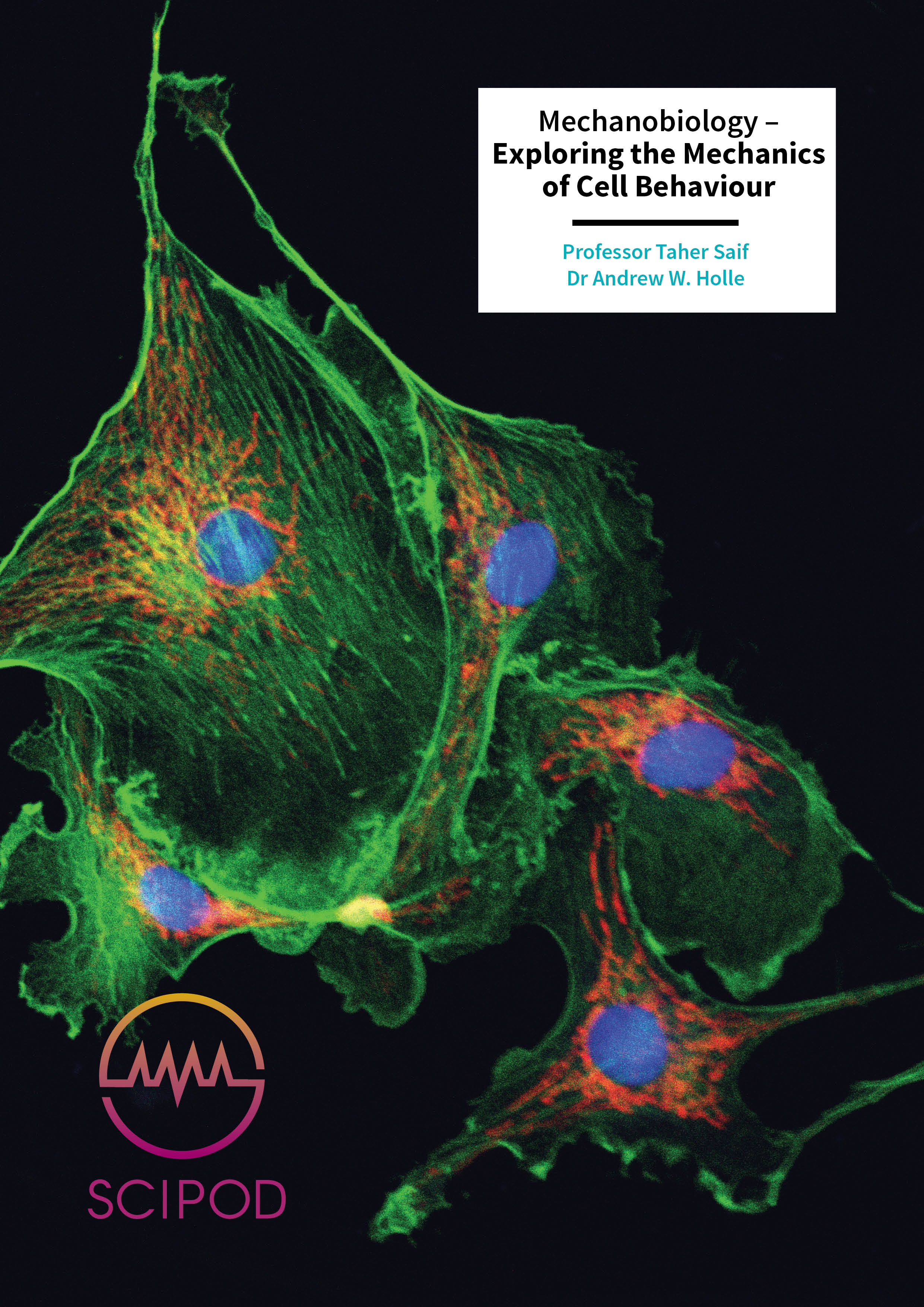
The Audible Human Project Hearing What the Body Has to Say – Thomas Royston
The Audible Human Project Hearing What the Body Has to Say – Thomas Royston
Professor Tom Royston is applying his expertise in the fields of acoustics and engineering to diagnostic medicine by developing the Audible Human Project, which aims to use sound to detect disease and injury within the body, particularly in the complex structure of the lungs.
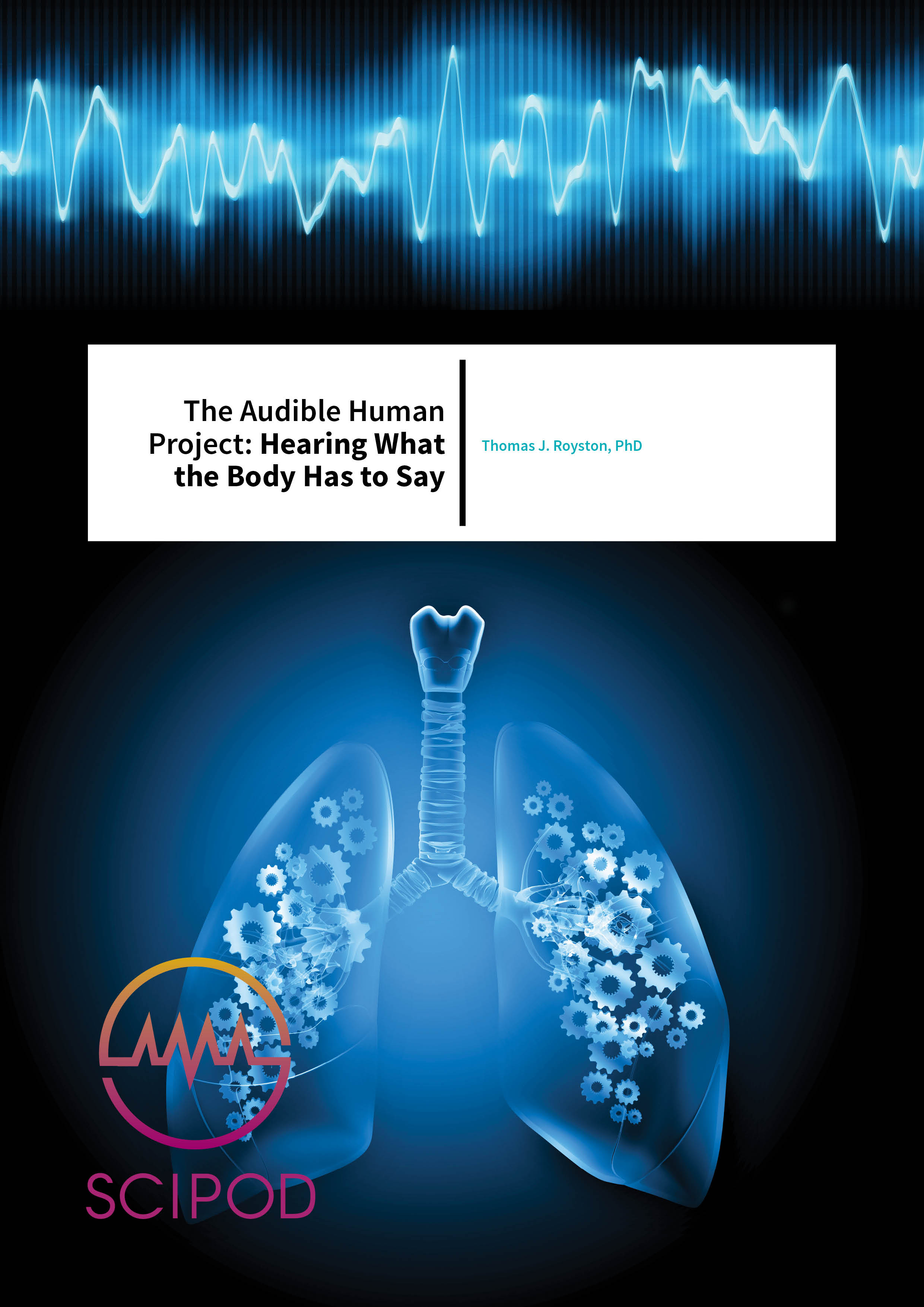
Growing Better Salmon Balancing Economics with Environmental Impact
Growing Better Salmon Balancing Economics with Environmental Impact
Aquaculture – growing fish or other aquatic species in captivity – is an important strategy for meeting the increasing demand for seafood from a growing human population, while also preserving wild fish stocks. However, aquaculture can also have negative environmental impacts. Researchers at the Universities of Windsor, Waterloo and Western Ontario in collaboration with industry and government partners are investigating ways to advance salmon aquaculture using methods that increase productivity, while reducing environmental impact. The implications for sustainable and profitable Chinook salmon farming in British Columbia and around the world are exciting.
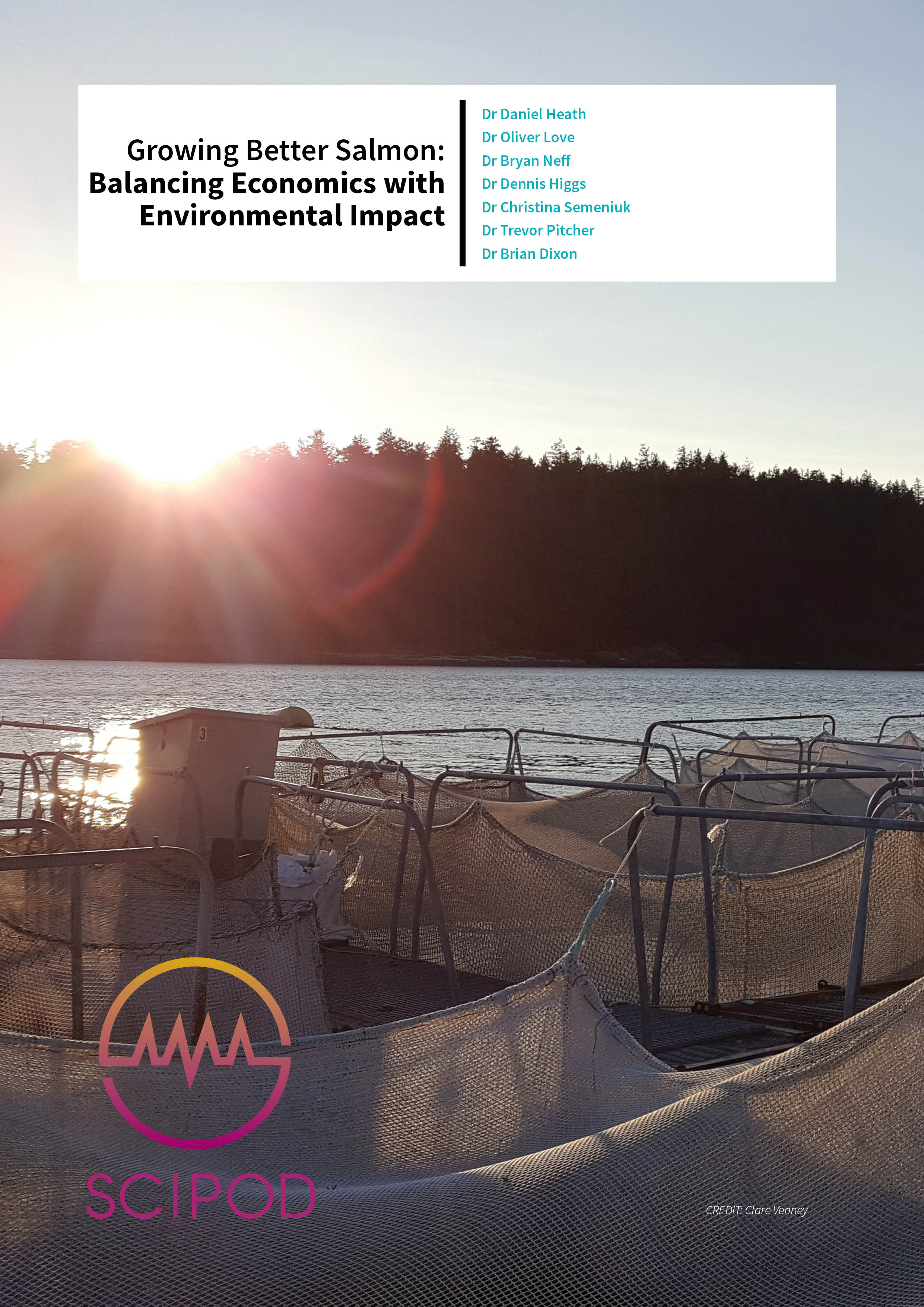
Improving Plant Disease Resistance Can Nanoparticles Deliver – Dr Wade H Elmer
Improving Plant Disease Resistance Can Nanoparticles Deliver – Dr Wade H Elmer
Crop disease can have an enormous impact on farming productivity and profits. A plant’s resistance to disease has been previously linked to micronutrients, which control key biochemical processes. Dr Wade Elmer of the Connecticut Agricultural Experiment Station has carried out research showing that nanoparticles can provide an effective, practical method of getting vital micronutrients such as copper into crops.
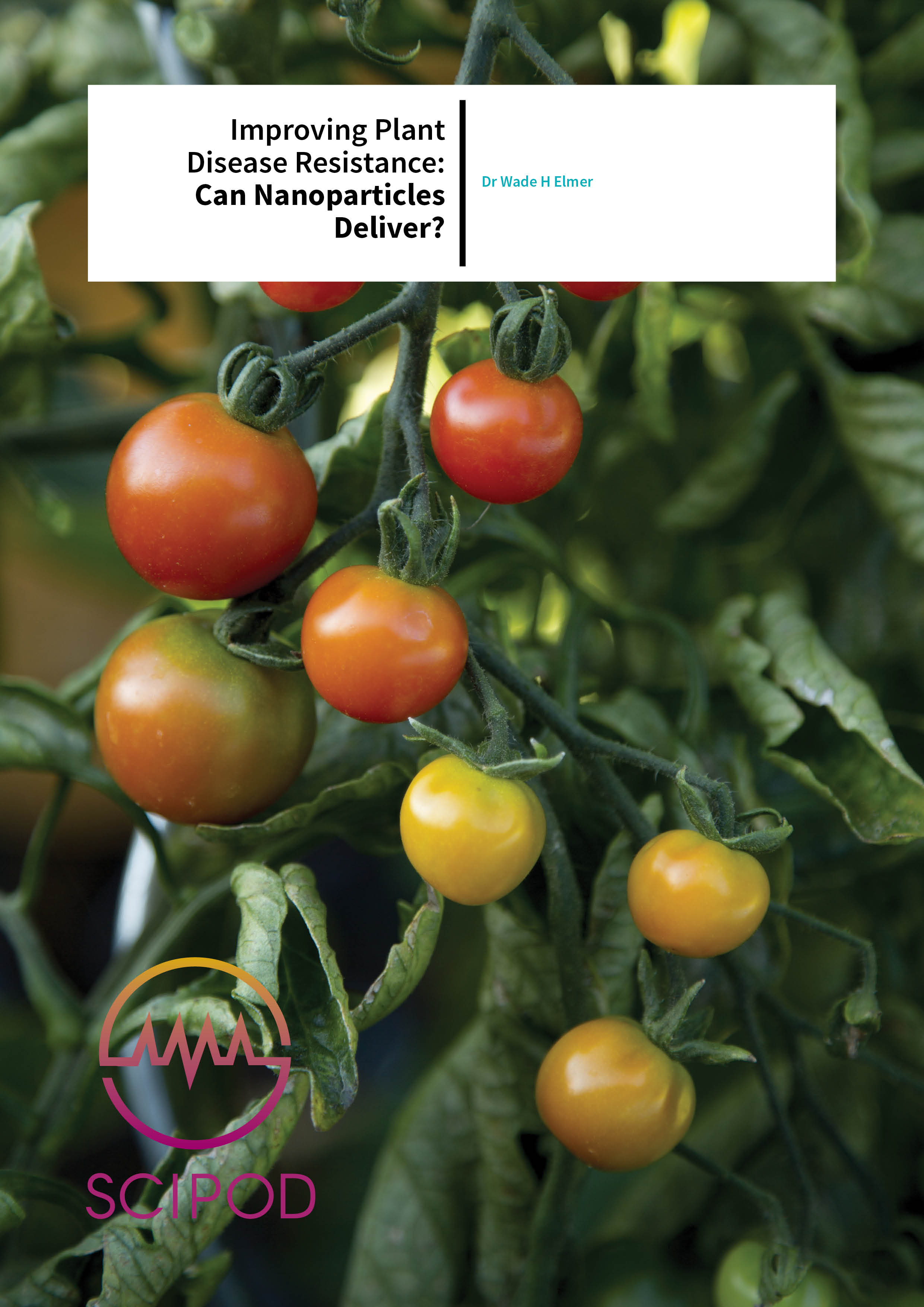
Tracking the Source of Mountain Streamflow – Dr Stephanie Kampf
Tracking the Source of Mountain Streamflow – Dr Stephanie Kampf
Warmer temperatures can cause mountain snowpacks to decline, especially at lower elevations and in dry climates. Since snow is the number one source of fresh water in many mountainous regions, it is important to understand how its loss will impact water supply for people, plants, and wildlife. Using innovative approaches, Dr Stephanie Kampf and her team at Colorado State University are identifying areas most vulnerable to losing persistent winter snow and how this affects soil moisture and streamflow.
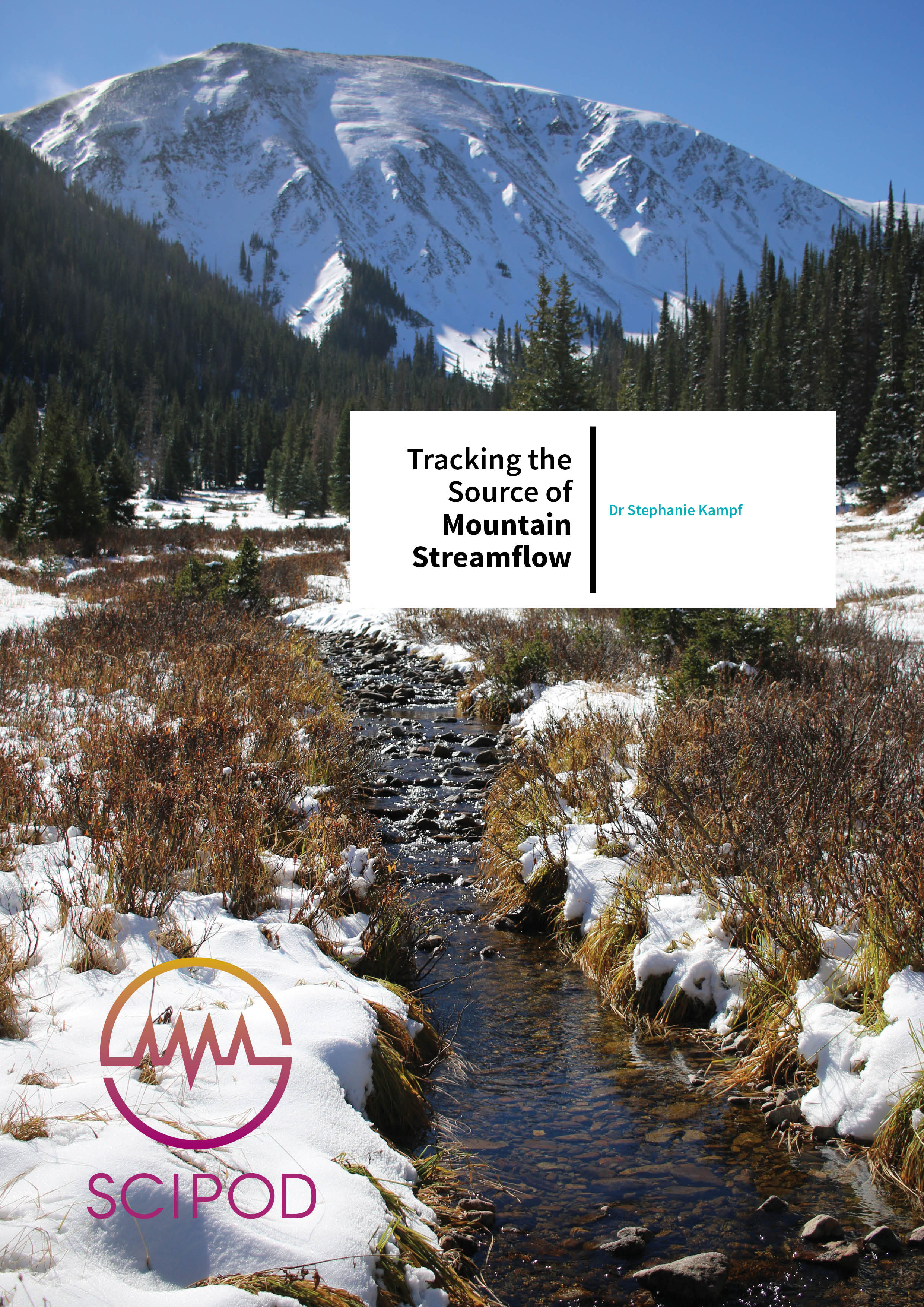
Somewhere outside the rainbow – Kimberly Kowal Arcand
Somewhere outside the rainbow – Kimberly Kowal Arcand
NASA’s Chandra X-Ray Observatory orbits high above the earth, beaming back images of the high-energy universe impossible to obtain from the ground. Bringing this data to the world is Kimberly Arcand, Visualisation Lead for the project. Here we go into detail on some of the many and varied programs she is involved with.


